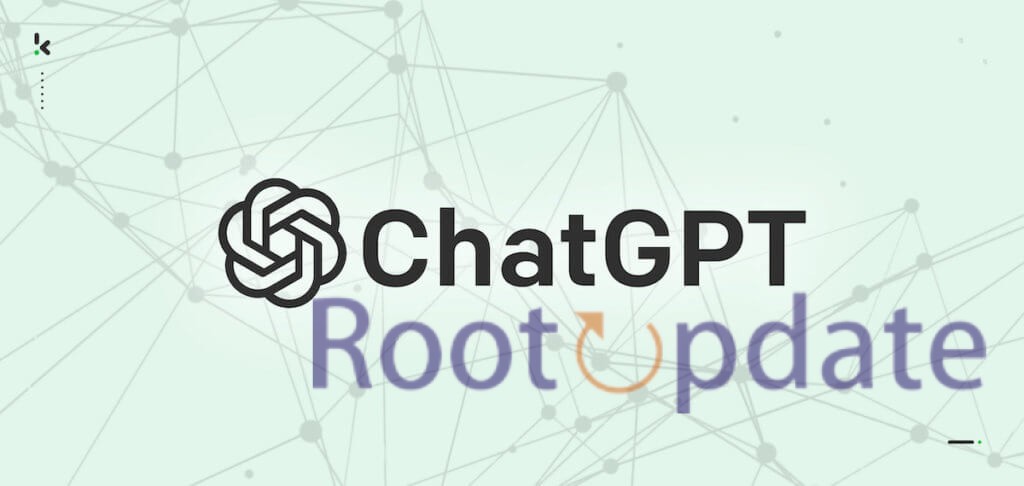How to Track Custom GPT Usage: OpenAI’s GPT (Generative Pre-trained Transformer) models have become a key tool for many uses in the field of artificial intelligence, especially in the area of Natural Language Processing (NLP). These uses range from creating new languages to sorting text into different categories.
As more companies use GPT models in their work, it’s important to keep track of and watch how they’re being used to make the best use of resources, make sure they’re following the rules, and learn more about how well the models are working.
This detailed guide goes into great detail about how to keep track of custom GPT usage, including step-by-step steps, best practices, and more advanced methods.
Understanding Custom GPT Models
Table of Contents
It’s important to understand what custom GPT models are before getting into tracking methods. OpenAI gives organizations GPT models like GPT-2 and GPT-3 that have already been trained, but these models are often fine-tuned on domain-specific datasets to make them work better for certain jobs or industries. Custom GPT models have most of the same basic abilities as pre-trained models, but they work better and know more about certain topics in specific uses.
Why Track Custom ChatGPT Usage?
Tracking custom GPT model usage serves several crucial purposes:
- Resource Optimization: By keeping an eye on how models are used, companies can find ones that aren’t being used enough or that are being overworked and then make the best use of their computing power.
- Compliance and Governance: Tracking usage makes it easier to follow the rules and guidelines for data use, privacy, and good AI practices set by regulators and internal policies.
- Performance Monitoring: Tracking measures like inference latency, throughput, and accuracy helps you understand how well your model is doing and make it better all the time.
- Cost Management: Understanding how resources are used helps with cost management, which makes sure that AI projects can stay financially viable.
How to Track Custom GPT Usage



1. Tools and equipment
In order to keep track of how custom GPT is used, the first step is to instrument the distribution environment. Among these are:
- Logging Mechanisms: Use logging to keep track of important events like model calls, inputs, outputs, and the information that goes with them.
- Unique Identifiers: Give each model instance or request a unique number to make it easier to track down and connect events.
- Contextual Information: To improve usage data, collect contextual information like the user’s name, the time, and the context of the program.
2. Data Collection
As soon as the instruments are set up, the focus changes to collecting systematic data on usage:
- Structured Logging: Use tools like Elasticsearch, Splunk, or your own custom logging systems to record data in a way that makes it easy to analyze.
- Methods of Sampling: To balance the amount of data with how representative it is, use sampling methods, especially in places with a lot of data coming in at once.
- Real-time Monitoring: Use real-time monitoring to quickly find problems, deviations from expected behavior, or speed bottlenecks.
3. Metric Definition and Monitoring
Set up key performance indicators (KPIs) and metrics that are important to the use of custom GPT:
- Measure the time it takes for model inference, which includes prepping, running the model, and cleaning up afterward.
- Throughput: To figure out how scalable and capable a system is, you can count how many inference calls it handles per unit of time.
- Error Rates: Keep an eye on error rates, which include prediction mistakes, timeouts, and exceptions, to see how strong and reliable the model is.
- Resource Utilization: To get the most out of your infrastructure provisioning, keep an eye on resource utilization measures like CPU, memory, and GPU usage.
4. Analysis and Visualization
Use the power of data analysis and visualization to get ideas that you can use:
- Dashboarding: To see usage data and trends, make easy-to-use dashboards with tools like Kibana, Grafana, or Tableau.
- Anomaly Detection: Use statistical methods or machine learning algorithms to find outliers and other strange things that could be signs of problems.
- Examine connections between how things are used, the data that is fed into the model, and how well it works using correlation analysis to find hidden patterns or links.
Advanced Techniques and Considerations
In addition to the basic steps listed above, you might want to use more complex methods and think about the following:
- Model Versioning: Set up version control tools to keep track of changes over time and handle model versions well.
- Fine-grained Authorization: Use fine-grained access rules and authorization policies to tell people how to access and use models.
- Privacy Protection: To keep private data safe, use privacy-protecting methods like data anonymization, differential privacy, or secure multi-party computation.
- Automated Remediation: Use automation and orchestration tools to set up automated remediation processes that can handle problems or incidents before they happen.
Related:
Conclusion
It is important to keep track of how custom GPT is used to make the best use of resources, make sure compliance, and get the most out of AI efforts. By following the detailed guide given above and using best practices and advanced methods, businesses can get useful insights, keep improving, and use custom GPT models to their fullest potential in a wide range of situations.